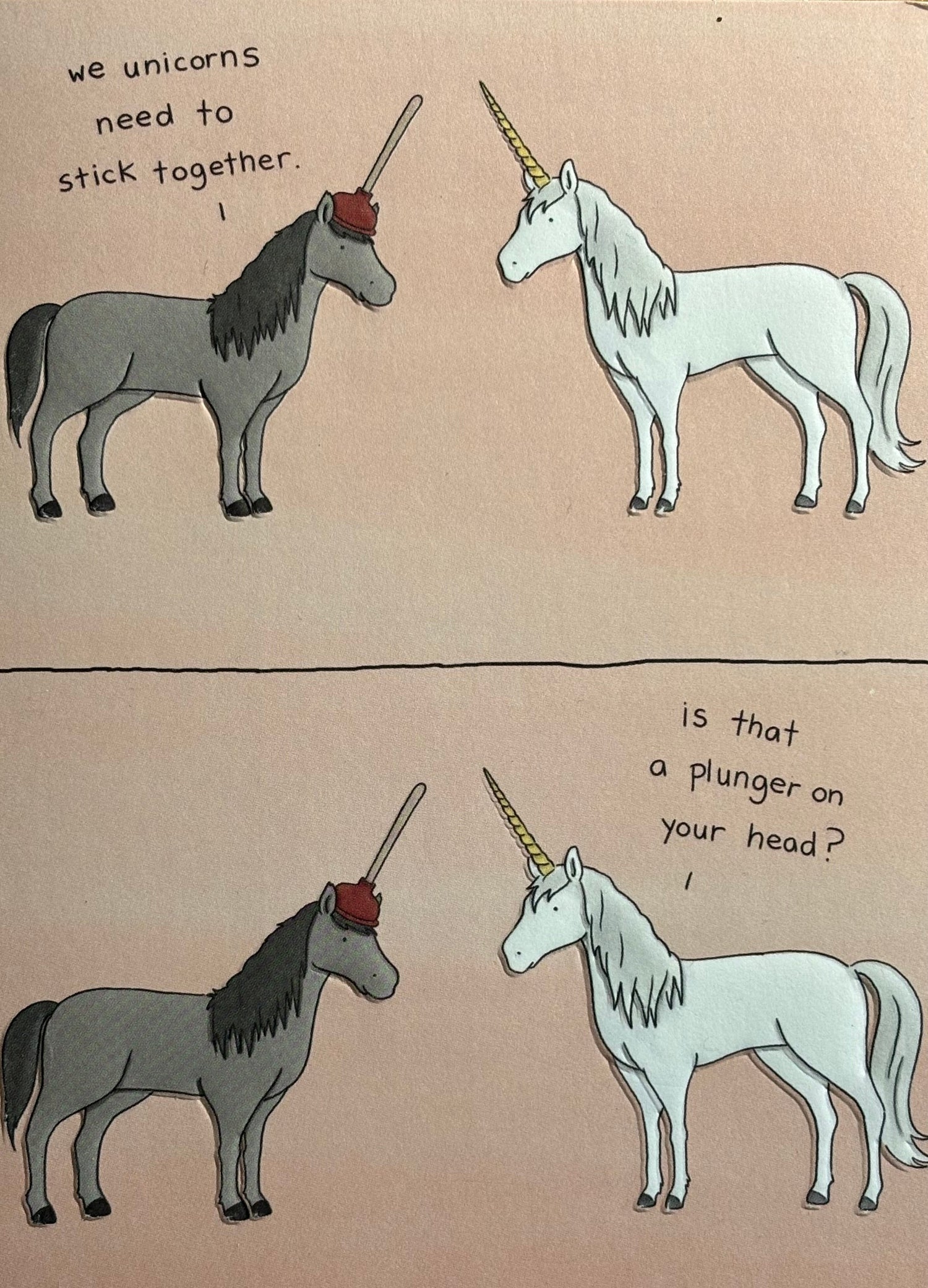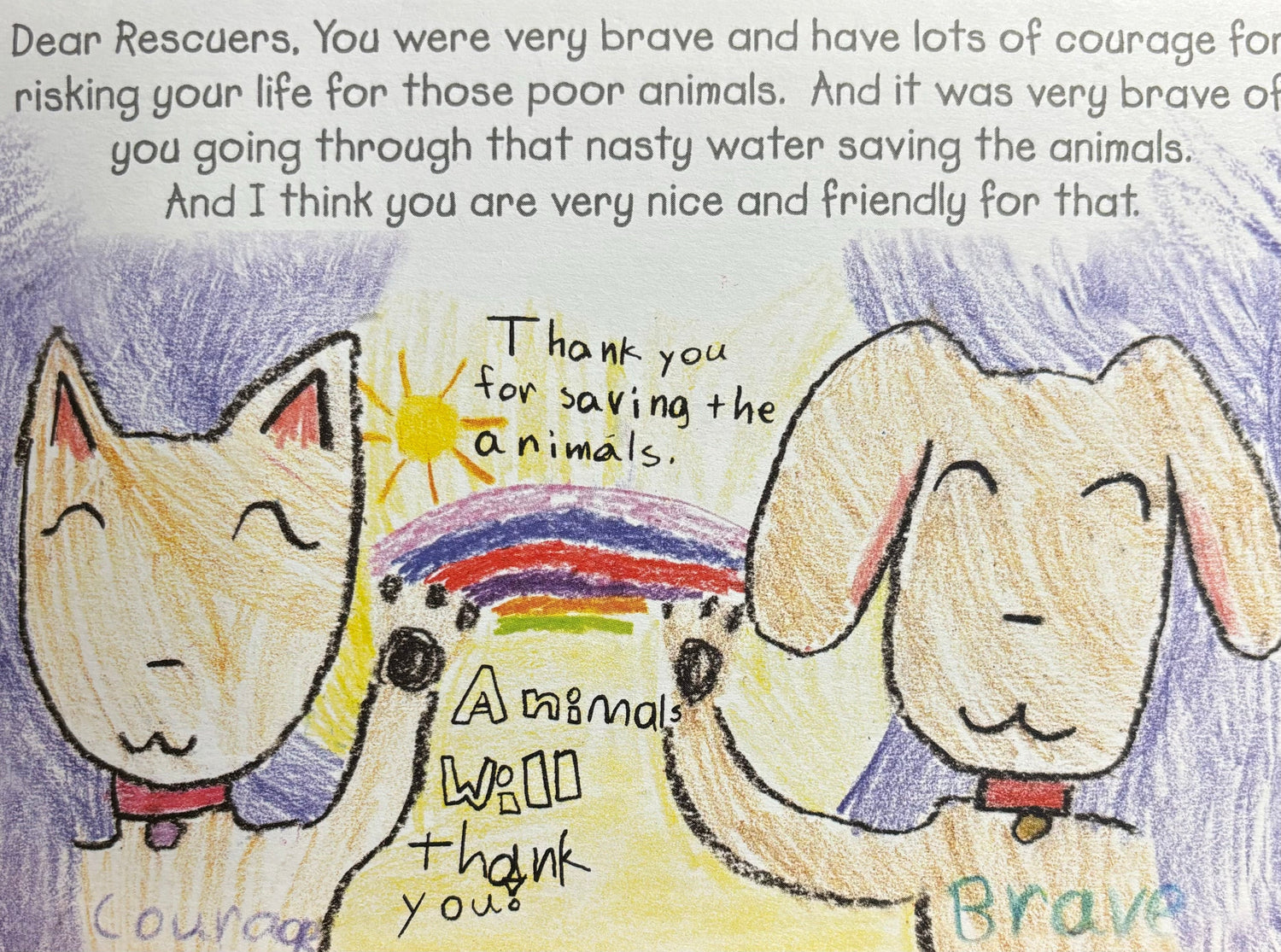
Stand up for what is right and you will never be wrong.
I’m blogging a letter I wrote today in response to 3 emails querying about Cats and Essential Oils – guess I am not one to stick my head in the sand, huh? But as you’ll readily tell upon reading my letter to the zoo vet – I sure did put my foot in ‘it’ this time.
MY EMAIL OF 1/22/18:
This dialogue concerning essential oils, fragrances and chemicals and their use on animals is paramount to the future longterm safety of our animals. Dogs are also being overexposed and humans are doing possible longterm damage to those olfactory systems. But you did not ask about canines - you asked about felines.
I have attached an excerpt from my book: HELPING HUMANS ONE ANIMAL AT A TIME about being approached by a huge zoo in 2011 to participate in an experiment of essential oils and certain manufactured perfumes changing behavior in large cats - I refused and this PDF explains some of the why. I have never ever recommended EOs for cats or birds or reptiles which has made me unpopular with a lot of people, certain companies, corporations and MLMs = multi-level marketers... and as you will read... with the vets as well.
There is not enough research available about safety, damaging effects, and harm from exposure to oils and fragrances - trust me I have been looking for many years. We also fail to recognize the domestic animals being exposed to these chemicals, fragrances, and harmful EOs in diffusers 24/7, cleaning products, creams, lotions, shampoos - human and animal - dryer sheets, and on and on and on. END OF 1/22/18 EMAIL
HELPING HUMANS ONE ANIMAL AT A TIME:
On the Wrong Right Track
Don’t be intimidated by anyone’s credentials or sophistication or bank balance or public image or the magnitude of their industry. Here is one example of a David and a Goliath. I had been asked to participate in a research study at a prestigious zoo aimed at increasing activity of their Lions, Tigers, and Cheetahs for the entertainment of the public. I wanted the zoo to use my Flower Essences but they wanted to use my products containing medicinal-grade Lavender essential oil. The doctor told me these big Cats were physiologically the same as domestic Cats after I told him exposure to Lavender oil was a detriment to their health. He then told me they had poured Lavender oil on some plants – near the public viewing area - and the big Cats loved rolling in and sleeping in it. Here is my follow-up letter.
Dr. Zoo, (not his real name) March 14, 2011
Thank you for the conversation on Friday. Sorry to be the bearer of the bad news concerning cats and oils but, with the onslaught of oils into the animal world touted as “natural and safe” hard evidence does exist of related illnesses and death. As I understand, cats do not have the enzymes (enzyme glucuronyl tranferases) necessary to eliminate build up of toxic metabolites caused by fragrances and certain oils like Tea Tree and Lavender. At the end is a short research article.**
Additionally, essential oils are a severe drain on the planet’s resources. Rose essential oil from Bulgaria (which I believe to be the best available in the world for uses in aromatherapy) requires 1,000 pounds of Rose petals to make 1 ounce of oil or 450 drops. Turkish Rose oil requires 250 pounds of petals for 1 ounce of oil. Either way, not economical or ecologically judicious while also considering the documented inhumane and deceitful practices in the perfume/fragrance industry.
Flower Essences and homeopathic Remedies I use:
- Require minimal amount of flowers, leaves, stems, etcetera, to make 1 gallon of Essence.
- Dosage is the same for a 14 pound Jack Russell dog as a 1,400 pound horse. Exact same = only several drops.
- Essences work 100% of the time – our success rate is 99% on all animals we attempt to help.
- Work permanently because Essences eliminate the root cause of the problem(s).
- No negative side effects.
- Proven successful helping in cases of abuse and animal cruelty as well as in rescuing during weeklong firestorms, and in the wide-reaching aftermath of the largest animal rescue in US history – caring for the victims of Hurricane Katrina.
- Proven on 15 species. UPDATE: NOW PROVEN ON 24 SPECIES.
- Used on feral cats becoming friendly in less than 10 days. (One feral cat rescuer from Best Friends Sanctuary used ½ bottle of our Remedies created for Hurricane Katrina victims to trap, vet check, neuter, and adopt out 27 feral cats within one year = one ounce of Flower Essence Remedy.)
Problems such as shyness, aggression, marking, obsessive licking, and anxious behaviors are all remedied by the exact same formulas successfully used on the Katrina victims and thousands since 2005.
In my experience, shy and reticent behaviors are the result of either:
- Lingering, subtle depression or disappointment,
- Post-traumatic stress
- Insecurity, Anxiety, or
- Environmental dissatisfaction.
I rarely advise changing the environment since, as in the case of Katrina rescue efforts, it was impossible to alter the situation nonetheless, the animals did adjust, overcome fears, insecurities, accept their new surroundings, new schedules, food, and new caretakers. These same blends are used in shelters, sanctuaries, and hospital settings where situations are not optimum yet the animals overcome negative behaviors.
In households using Flower Essences, shy cats quit running away when company arrives, cats emerge from under beds or inside closets to explore the house as never before – even in broad daylight - even when there are people in the house! Even if the chronic behavior has been ongoing for years. As they feel less vulnerable and become more self-assured; they begin to explore and interact with family members and strangers alike. These changes are permanent and quick: 3 - 14 days unless in-bred or similarly damaged which could take 3-6 weeks.
I did begin researching a new formula for your Lions, Tigers, and Cheetahs but, want to make sure I have pinpointed your exact needs. One more conversation would be greatly appreciated.
My best,
Meg
** “Tea Tree Oil>>> Melaleuca Oil: derived from the leaves of the Australia tea tree (Melaleuca alternifolia); often referred to as tea tree oil. The oil contains terpenes, sesquiterpenes, and hydrocarbons. A variety of commercially available products contain the oil and shampoos and the pure oil have been sold for use on dogs, cats, ferrets and horses. Tea tree oil toxicosis has been reported in dogs and cats.5,6 A recent case report describes the illness of three cats exposed dermally to pure melaleuca oil for flea control.5 Clinical signs in one or more of the cats included hypothermia, ataxia, dehydration, nervousness, trembling and coma. There were moderate increases in serum ALT and AST (liver enzymes) concentrations. Two cats recovered within 48 hours following decontamination and supportive care. However, one cat died ~ 3 days following exposure. The primary constituent of the oil, terpinen-4-ol, was detected in the urine of the cats."
"Lavender oil: Many have used as aroma therapy, protecting the cat from direct exposure by putting on cloth and in another type container like plastic perforated, direct contact (and long term exposure) has led to hepatic failure and death.” Mark Grossman DVM MS
FOLLOW-UP ON THE FOLLOW-UP – Never heard from him again after he asked for more “peer reviewed studies” – which I did supply to him. Good news is that all traces of this “study of oils to increase the zoo’s big cats activity during public visiting hours” was removed from their official website and never mentioned again.
Indulge me one more chance to get in trouble - What I am saying here is err on the side of caution when it comes to conflicting information. Many will argue for the benefits of oils for cats and to them, I say: re-read my letter to Dr. Zoo.





